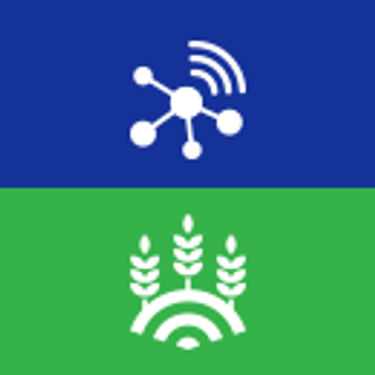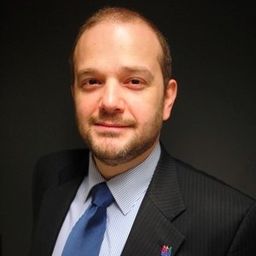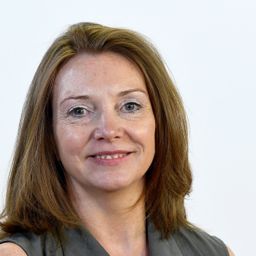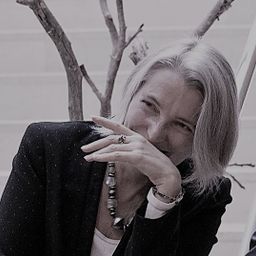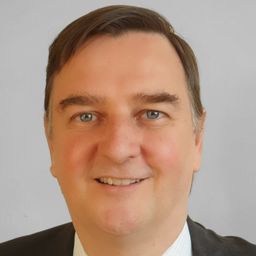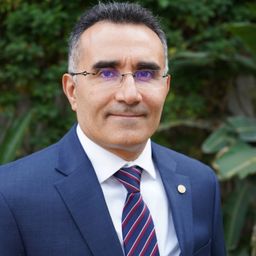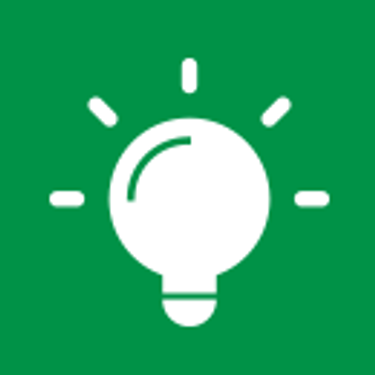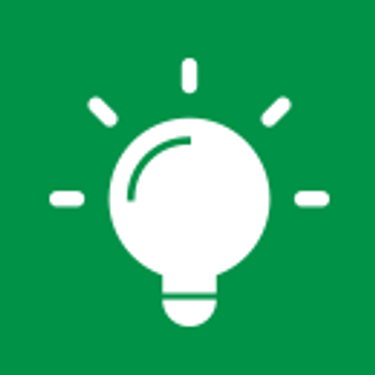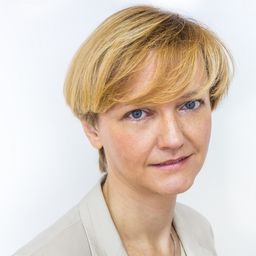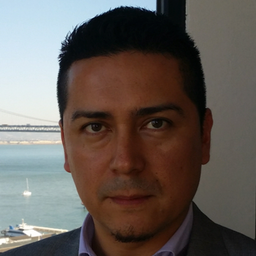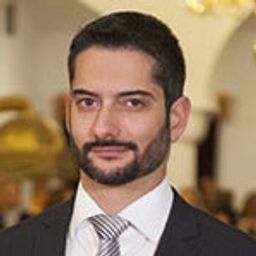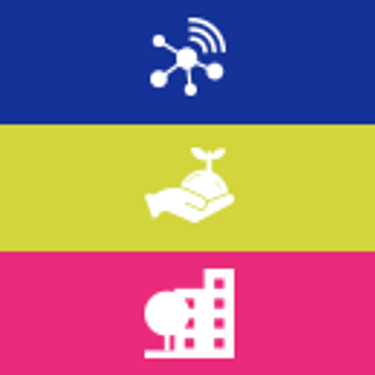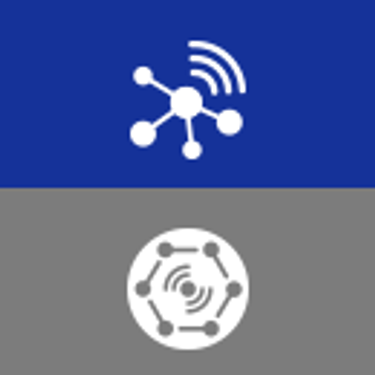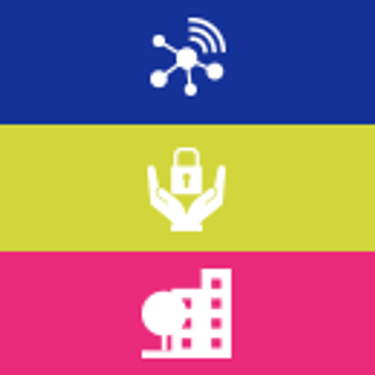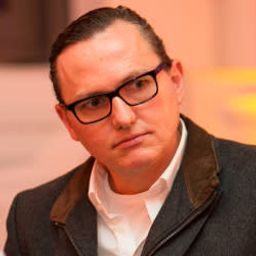
Harald Sundmaeker
Dipl.‐Wi.‐Ing. Harald Sundmaeker, Diplom (Master) in Business Administration and Engineering, working between 1994 and 1997 as CO at the German Federal Armed Forces as platoon leader and head of a maintenance company. During 1997, working for the business unit of integrated Telco Systems at Alcatel SEL AG, division Business Systems. Since 1998 Harald is working as scientific staff member at ATB in consultancy and funded research projects. Involved in national research activities (e.g. BMWi, Stiftungen, regional programmes) and in several European research programmes since the 4th Framework Programme of the European Commission. He is managing projects and overtakes the role as project coordinator of international research projects. He was acting as project coordinator of CuteLoop, as deputy coordinator of SmartAgriFood, and as coordinator of the FIspace & FInish research projects. Harald overtook the leadership of the IoT integration work package in the large scale pilot project IoF2020. Currently, he is leading the Open Call work package in the pan-European SmartAgriHubs project, aiming at an expansion of the community network to facilitate the digital transformation of the European agri-food sector. Moreover, Harald contributes to the European Research Cluster on the Internet of Things (IERC) and the FIWARE initiative. He was also treasurer of the FIspace Foundation that was founded as spin‐off from the FIWARE public private partnership. Evaluator of EU project proposals, at open calls in industry and jury member at startup open pitch events. Researching on topics related to Internet of Things, energy efficiency in industry, collaborative work and innovation in complex supply networks. Experienced with projects specifically in agri-food, manufacturing and automotive industry. Author and co‐author of over 40 technical and scientific publications.
Sessions in which Harald Sundmaeker participates
Wednesday 19 June, 2019
The second pillar finds its roots in the first one and would aim at highlighting the different impacts that are expected to be delivered by integrating IoT in the agri-food chain. IoT technologies in the agri-food sector address a set of economic, societal and environmental challenges. The potential for the sector is huge, but the implementation of such disruptive technology faces many challenges such as interoperability of the data, certification and standard...
Sessions in which Harald Sundmaeker attends
Tuesday 18 June, 2019
Welcoming Remarks Co-ChairsSébastian Ziegler, Chairman, IoT ForumBrian Bech Nielsen, Rector, Prof. Aarhus UniversityKarsten Dehler, Commercial Director, It-Forum, Denmark
Acting on the core aspects of UNs Sustainable Development Goals (SDGs); to curtail inequality issues, diminish environmental degradation and provide a secure and resilient livelihood, remains a complex challenge for civil society and United Nations member states.While the SDGs inherited a wide array of pending targets from the Millennium Development Goals (MDGs), member states are increasingly using the SDGs as a comprehensive and adaptable f...
Industries are crossing today a crucial transition in terms of technologies and sustainability is a key driver for them. The integration of new technologies, if done appropriately and fast enough can help industries become more competitive; if not managed accordingly however IoT misuse can have adverse consequences on industries and their external environment.Similarly, IoT applications can greatly contribute t...
The Next Generation Internet (NGI) initiative from the European Commission aims at developing key building blocks of the internet of tomorrow and shape its development towards an internet of humans that responds to our fundamental needs, including trust, security, openness and inclusion, and in general reflects the values and norms we enjoy in our society. At the core of the initiative stands a research and innovation programme dedicated to directly support in...
This session will explore the concepts of big data analytics and AI and delve into the intersection between them. Accordingly, this session will also examine how AI related technologies could enhance big data analytics and business applications.
Internet of Things (IoT) technologies and applications are bringing fundamental changes to all sectors of society and economy and constitute an essential element of the Next Generation Internet (NGI). IoT technologies and applications are changing the way users, services and applications interact with the real world environment in a trusted way. The topic involves support researchers, industry, application developers and start-ups.
IoT Week Hackathon - June 18-19 2019Are you crazy about IoT? Do you like hacking, networking and playing with gadgets and new technology? Well, then you should definitely join this IoT Week Hackathon. In collaboration with IoT Week 2019 (https://iotweek.org/) - we are hosting a 24-hours hackathon, that will give you a unique chance to work latest IoT technologies to solve selected world goals.We will engage leading industry profiles as mentors, jury members and case ho...
Experience the welcome reception at either ARoS Art Museum or Aarhus City Hall with a glass of champagne in one hand and a snack in the other. Round off day with a bit of networking, good vibes and speaches from Jacob Bundsgaard, MayorCity of Aarhus, Bo Sejer Frandsen, CEO of Local Host it-forum and Fredrik Ostbye, Group Vice President, Head of Digital Transformation at Event Partner, Grundfos.
Wednesday 19 June, 2019
The second pillar finds its roots in the first one and would aim at highlighting the different impacts that are expected to be delivered by integrating IoT in the agri-food chain. IoT technologies in the agri-food sector address a set of economic, societal and environmental challenges. The potential for the sector is huge, but the implementation of such disruptive technology faces many challenges such as interoperability of the data, certification and standard...
Building IoT Cross-Domain and Cross-Platform Interoperability. An Update on the new developments for unified and secure sharing of (and access to) sensing/actuating ressources.
Thethird pillar would be to build have a closer look at what it means in concrete terms for a business to implement such technology.Setting foot in the farmer’s shoe and considering the investment in IoT technology wheighed with the possible benefits but also the constraints in terms of training and re-organisation. It’s not only about IoT technology, it’s also addressing competition aspects, production aspects, and f...
ABOUT After the successful launch of the first edition of the workshop on “Internet of Things (IoT) for Smart Cities & Communities Convergence” at IoT Week 2017 in Geneva, and the two-day follow-up in Bilbao in 2018, we are now inviting you to join the next level of convergence to support cities and communities at IoT Week 2019 in Aarhus, Denmark – organised jointly by an alliance of international insti...
Thursday 20 June, 2019
Presentation The IoT landscape is a very complex one and the IoT standardisation is no different. However, standards are paying an increased role in the set-up, design and development of the IoT systems. IoT Standardisation is following the evolution of IoT and the technical issues that have to be addressed and resolved. IoT standards are not just providing various communications solutions but address more globally all the issues of in...
ABOUT After the successful launch of the first edition of the workshop on “Internet of Things (IoT) for Smart Cities & Communities Convergence” at IoT Week 2017 in Geneva, and the two-day follow-up in Bilbao in 2018, we are now inviting you to join the next level of convergence to support cities and communities at IoT Week 2019 in Aarhus, Denmark – organised jointly by an alliance of international insti...
Identify LSP commonalities in their exploitation approaches and create exchanges between LSP on common issues : Identify commonalities in the exploitation of technological assets (IoT technologies, IoT platforms) Identify LSP interests and create exchanges on how to sustain the relationships between experimentation sites created during the project
